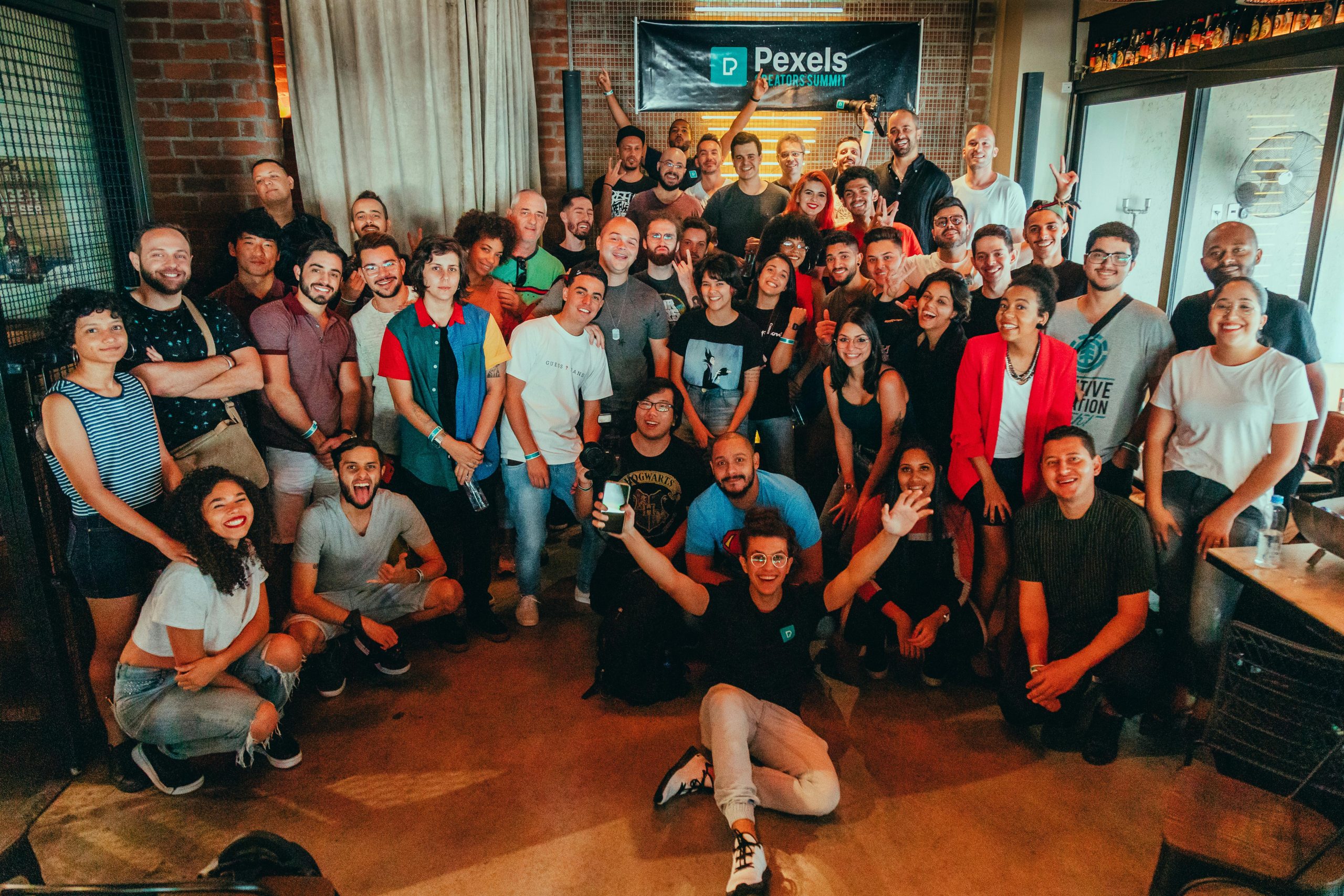Introduction
Changing industries mid-career can feel like stepping off a well-worn path into the unknown—but it’s also one of the most rewarding moves you can make. Whether you’re drawn by evolving passions, better work-life balance, or stronger long-term prospects, a strategic industry pivot allows you to leverage your existing strengths while acquiring fresh skills. This process requires careful planning, targeted upskilling, and deliberate networking to bridge experience gaps. In this comprehensive guide, you’ll discover a step-by-step roadmap—including self-assessment, market research, transferable-skill mapping, credential building, personal branding, and job-search tactics—to transition smoothly into a new field and accelerate your mid-career growth.

Assess Your Motivations and Assets
Clarify Your “Why”
Before diving into applications, articulate why you want to change industries. Common drivers include:
- Values alignment: Pursuing work that fits your passions or purpose (e.g., sustainability, healthcare).
- Growth opportunities: Seeking faster career advancement or higher earning potential.
- Lifestyle needs: Desiring greater flexibility, remote-friendly cultures, or healthier work environments.
Reflect through journaling or a career coach:
- What frustrates you about your current industry?
- Which activities energize you, regardless of role?
- What financial and personal trade-offs are you willing to make?
Inventory Your Transferable Skills
You likely possess hard and soft skills valuable in many sectors. Common transferable skills:
- Communication: Presentations, writing, stakeholder management.
- Project management: Planning, resource allocation, deadline delivery.
- Analytical thinking: Data interpretation, problem-solving, strategic planning.
- Leadership: Team building, conflict resolution, change management.
Exercise: Create a two-column table:
| Current Skill/Experience | How It Applies in New Industry |
|---|---|
| Budget oversight | Cost forecasting in renewable energy projects |
| Client relationship management | Customer success in SaaS sales |
Research and Target Your New Industry
Conduct Market & Role Analysis
- Industry reports: Read analyst notes (Gartner, IBISWorld) to identify growth areas and hiring trends.
- Job postings: Scan 20–30 openings on LinkedIn, Indeed, and company websites. Note required skills, credentials, and language.
- Informational interviews: Speak with 5–10 professionals in roles you admire. Ask about day-to-day responsibilities, career paths, and recommended resources.
Identify Entry Points
Rather than leaping into a senior role immediately, consider adjacent positions that blend your current expertise with new domain knowledge:
- Hybrid roles: Marketing technologist, financial-ops analyst, or product-support specialist.
- Contract or consultancy: Short-term projects to build industry exposure and credibility.
- Internal transfers: If your current employer has multiple divisions, pivot internally to a related team.
Upskill Strategically
Formal Education vs. Microlearning
- Certifications & bootcamps: PMI, Scrum Master, CFA, coding bootcamps, or UX design programs lend instant credibility.
- Online courses: Platforms like Coursera, Udemy, and LinkedIn Learning let you build specific skills (data analysis with SQL, digital marketing, regulatory compliance).
Tip: Prioritize credentials that appear most frequently in your job-posting research.
Build a Portfolio of Practical Projects
- Case studies: Analyze publicly available data or simulated business scenarios.
- Side gigs: Volunteer for nonprofits or startups needing pro bono support in your target field.
- Personal initiatives: Launch a blog, podcast, or YouTube channel demonstrating domain expertise and thought leadership.
Revamp Your Personal Brand
Tailor Your Resume and LinkedIn Profile
- Headline & summary: Replace generic titles with a targeted one: “Operations Manager Pivoting to Supply-Chain Strategy.”
- Experience bullets: Restructure to highlight relevant achievements. Use the CAR framework—Challenge, Action, Result:
- Challenge: “Legacy inventory processes causing 15% stock deficits.”
- Action: “Implemented real-time tracking system using Power BI.”
- Result: “Reduced deficits by 50%, saving $200K annually.”
- Skills section: List both industry-agnostic and new industry-specific skills.

Leverage Thought Leadership
- Content sharing: Post articles or research insights on LinkedIn.
- Speaking opportunities: Offer to present at local meetups or webinars.
- Networking groups: Join relevant Slack channels, professional associations, or alumni networks.
Network with Purpose
Expand Beyond Your Existing Circles
- Alumni networks: Reach out to graduates working in your target sector.
- Professional associations: Attend meetings of industry bodies (e.g., HIMSS for healthcare, AICPA for accounting).
- Online communities: Engage in Reddit threads, LinkedIn Groups, or Discord channels focused on your field.
Conduct Informational Interviews
Approach contacts with a concise message:
Hi [Name], I’m currently an [your role] at [company] and exploring a transition into [industry]. I admire your work at [their company/role] and would value a 15-minute call to understand how you broke in and what advice you’d offer.
Prepare 5–7 thoughtful questions, listen actively, take notes, and follow up with a thank-you email that references specific insights.
Apply and Interview with Confidence
Craft Customized Applications
- Cover letters: Tell a brief story of your pivot—highlight passion for the industry, transferrable achievements, and concrete steps you’ve taken to upskill.
- Keywords: Mirror the language from job descriptions to pass Applicant Tracking Systems (ATS).
Prepare for “Why Pivot?” Questions
Interviewers will probe your motivations and commitment. Use the STAR method to answer:
- Situation: “In my previous role in finance…”
- Task: “I identified that my passion lies in helping clients implement sustainable solutions.”
- Action: “I completed a sustainability certification and led a cross-functional project on ESG reporting.”
- Result: “Surpassed stakeholder expectations and confirmed my desire to pursue a career in renewable energy.”
Demonstrate Domain Fluency
- Reference current industry news or regulations.
- Ask intelligent, forward-looking questions: “How is [emerging trend] reshaping your product roadmap?”
- Showcase your project portfolio as tangible proof of your capability.
Take on Bridge Roles and Build Momentum
Entry-Level and Contract Positions
Even a one-year contract in your new industry can:
- Provide résumé credibility and firsthand experience.
- Expand your professional network.
- Offer flexibility to reassess and refine your long-term goals.
Internal Transfers and Secondments
If possible, propose a pilot project or rotational program within your company to work alongside the target team. This demonstrates commitment and reduces employer risk.
Maintain Persistence and Resilience
Track Progress and Iterate
- Weekly goals: Number of applications, new contacts, courses completed.
- Monthly reviews: Assess which strategies yield interviews or skill gains, then adjust.
Manage Emotional Highs and Lows
- Celebrate small wins (first informational interview, completed certification).
- Build a support group—career coaches, peers, or mentors—to share challenges and stay motivated.
Real-Life Pivot Success Story
From Finance to Renewable Energy
Jessica, a senior financial analyst, felt unfulfilled as her banking role focused purely on bottom-line metrics. She mapped her transferrable skills—forecasting, data visualization, stakeholder reporting—against roles in clean-energy project finance. Through targeted Coursera courses on renewable energy finance, biweekly informational interviews with energy-sector contacts, and a project volunteering to model solar-farm returns for a nonprofit, she built a compelling portfolio. Her tailored resume highlighted both her financial acumen and domain-specific coursework. After six months, Jessica landed a role as a Financial Planner at a leading solar developer, achieving her mid-career pivot successfully.

Conclusion
Pivoting to a new industry mid-career is a bold but achievable endeavor when approached strategically. By clarifying your motivations, mapping transferable strengths, conducting thorough research, upskilling intelligently, rebranding yourself, and networking with purpose, you can bridge the experience gap and stand out to employers. Accept that the journey may involve temporary bridge roles or contract assignments, but each step amplifies your credibility and momentum. Maintain resilience, celebrate incremental gains, and iterate based on feedback. With this roadmap, you’ll transform a daunting transition into an empowering career evolution.




